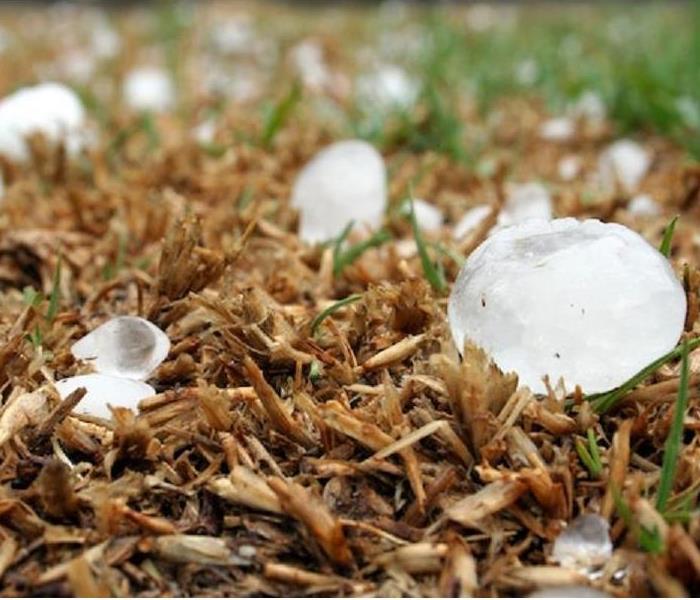New York has had its fair share of damaging storms, and Buffalo is no exception
9/26/2018 (Permalink)
New York has had its fair share of damaging storms, and Buffalo is no exception. Knowing what type of storm is coming is the best way to be prepared. Did you know there are 10 different storm types? This far north, most people think about winter storms when they think about storms. But in the summer months, it’s important to be prepared for effects of tropical storms, too.
SERVPRO® of Buffalo Tonawanda recognizes the importance of keeping homes or businesses safe before and after a storm.
- Hurricanes
- Tornadoes
- Flooding
- Snow storm
- Hail storm
- Thunderstorm
- Lightning storm
- Tropical storms
- Ice storms
- Derecho storms
Not every geographic location in the United States will experience the same type of storms. You might not even know what that last one is (a Derecho storm is one giant storm made of several large storms). More commonly, Buffalo is likely to experience the effects of a tropical storm, even hundreds of miles from the Atlantic Coast.
Storm damage from hail or lightning are familiar, but not everyone is informed about the specific damage a hurricane can cause.
Because hurricanes have far reaching effects (Hurricane Sandy affected 24 states), it’s very important to be informed on the damage they cause. This blog in particular will focus on hurricane - whether you experience a hurricane’s immediate damage or the aftermath.
Storm surge directly affects the coast but can cause widespread damage. Storm surge occurs when wind drives water to the shore to the point that water piles up past the predicted tide level. The power of this water is so forceful that it can destroy structures and buildings.
Floods from a hurricane are often caused directly by storm surge. The extra water from storm surge is pushed far inland since it has nowhere else to go. The heavy rainfall that accompanies a hurricane also contributes heavily to flooding. Hurricanes can cause rainfall as far as 100 miles from its landing point, causing widespread flooding. A tropical storm doesn’t even have to reach hurricane classification to cause heavy rain and floods.
Wind from hurricanes can reach speeds as fast as 74 - 155 miles per hour. These powerful winds can uproot trees, down power lines, and fling debris. This debris can cause even more damage as it flies around. Winds during a storm can also be so powerful as to lift the roof on a house. Tornadoes can even form within hurricanes.
Damage caused by these hurricane effects can be far-reaching and unexpected. Thus, it is vital to take cautions like stocking an emergency preparedness kit, adding storm-resistant features to your home, and heeding any official warnings ahead of a storm.
Cleanup and restoration after a storm can be overwhelming. Call SERVPRO® of Buffalo Tonawanda, the leading expert in storm damage restoration.






 24/7 Emergency Service
24/7 Emergency Service
